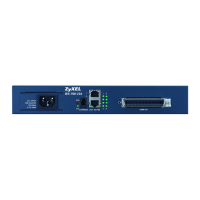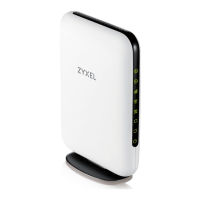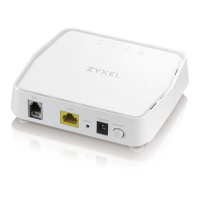USG FLEX H Series User’s Guide
350
CHAPTER 24
System
24.1 Overview
Use the system screens to configure general Zyxel Device settings.
24.1.1 What You Can Do in this Chapter
• Use the System > Settings screen (see Section 24.2 on page 350) to configure the Zyxel Device basic
system settings.
• Use the System > SNMP screen (see Section 24.3 on page 356) to configure the Zyxel Device SNMP
settings.
• Use the System > DNS & DDNS screen (see Section 24.4 on page 361) to configure the Zyxel Device
DNS and DDNS settings.
• Use the System > Notification screen (see Section 24.5 on page 375) to configure a mail server to
receive reports and notification emails.
• Use the System > My Certificates screen (see Section 24.7 on page 380) to generate self-signed
certificates or certification requests.
• Use the Trusted Certificates screens (see Section 24.8 on page 387) to save CA certificates and trusted
remote host certificates to the Zyxel Device. The Zyxel Device trusts any valid certificate that you have
imported as a trusted certificate. It also trusts any valid certificate signed by any of the certificates
that you have imported as a trusted certificate.
See each section for related background information and term definitions.
24.2 Settings
Use the Settings screen to configure the hostname, system time, the Zyxel Device connection settings
and language settings.
24.2.1 System Settings
Use this section to configure the Zyxel Device host name. A host name is the unique name by which a
device is known on a network.
24.2.2 System Time
Use this section to configure the Zyxel Device time settings. For effective scheduling and logging, the
Zyxel Device system time must be accurate. The Zyxel Device’s Real Time Chip (RTC) keeps track of the
time and date. There is also a software mechanism to set the time manually or get the current time and
date from an external server.

